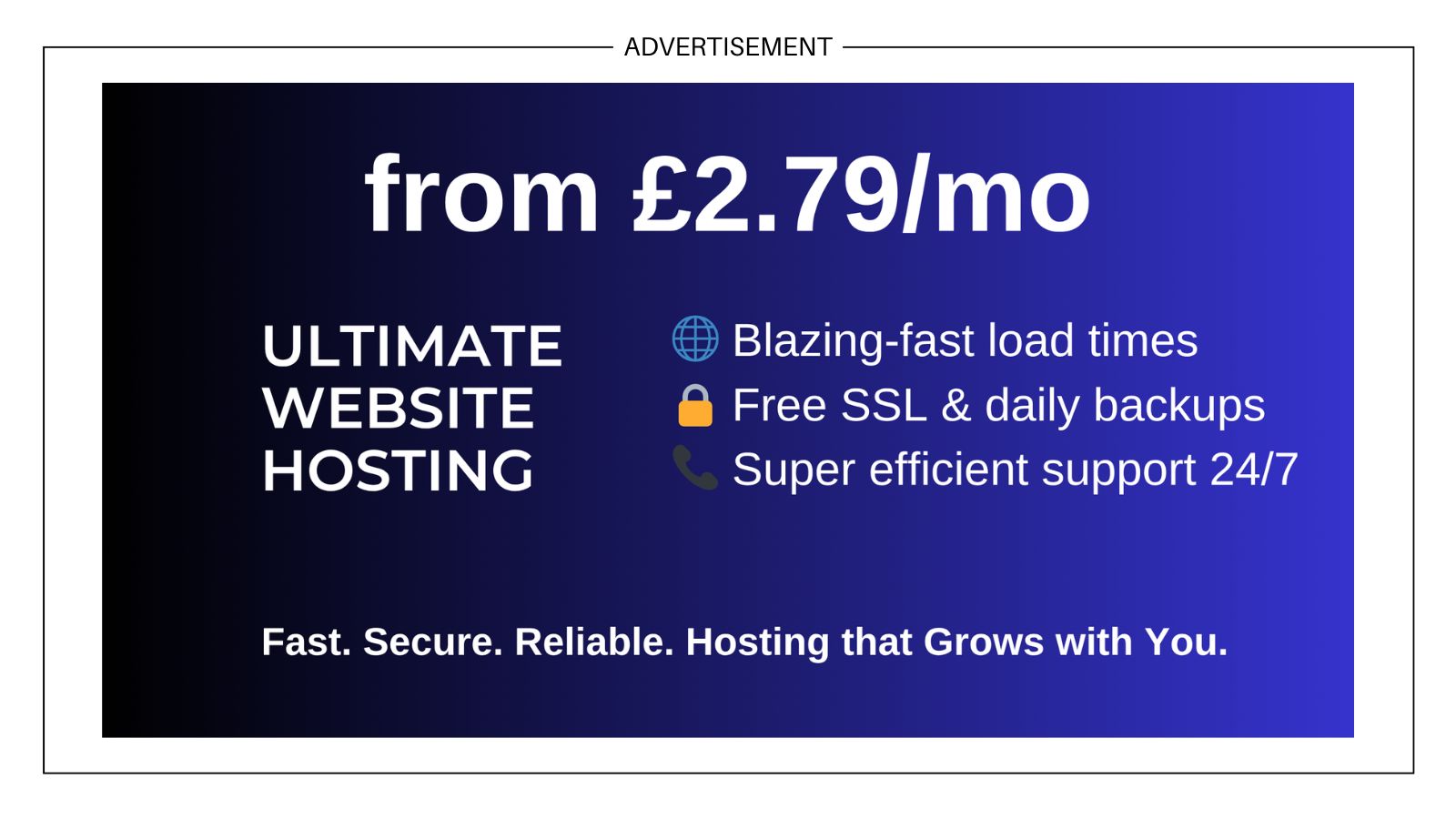Let’s be honest: Not all customers are created equal. Some are an absolute dream to work with. You know the ones – they love your product, sing your praises to everyone they know, and are happy to pay full price without any grumbling. Then there are… well, the others. The ones who seem to misunderstand your offering at every turn, haggle endlessly, and somehow, despite the red carpet treatment, leave you with a one-star review because the packaging ‘wasn’t exciting enough’.
That’s where your Ideal Customer Profile (or ICP, if you’re feeling fancy) swoops in to save the day. It’s your cheat sheet for identifying exactly who your dream customers are and, crucially, who they aren’t. Because let’s face it: life’s too short to chase the wrong people.
What Is an Ideal Customer Profile (and Why Does It Matter)?
An Ideal Customer Profile is essentially a detailed description of the type of company or individual that gets the most value from what you offer. It’s like knowing the perfect dinner guest for your party – they love your food, get along with your friends, and won’t break your antique glassware. More importantly, they’re the kind of customer who makes your business profitable and sustainable.
Think about it. When you’re working with your ideal customers, everything clicks. Sales cycles are shorter, your marketing resonates, and customer satisfaction soars. On the flip side, targeting the wrong people can feel like trying to sell steak to a roomful of vegetarians.
Defining your Ideal Customer Profile lets you focus your energy (and budget) on people who genuinely want what you offer. It’s about working smarter, not harder.
Signs You’re Not Focused on Your Ideal Customer Profile
How do you know you’re off track? Here are a few dead giveaways:
- You keep hearing, “This isn’t what I thought I was getting” from customers. If your messaging keeps attracting people who don’t need your product, you’re missing the mark.
- Your sales team spends too much time chasing leads that never convert. It’s like flirting with someone who’s already in love with someone else – a massive waste of time.
- You’re drowning in customer complaints. The wrong customer will always find something wrong because, simply put, your offering isn’t made for them.
- You’re discounting your prices just to close deals. If someone isn’t willing to pay what your product or service is worth, they probably aren’t your ideal customer.
Sound familiar? Don’t worry – we’ve all been there. The good news is that you can get back on track with a clear Ideal Customer Profile.
Building Your Ideal Customer Profile: Start with the Basics
Crafting your ICP is part art, part science. Start by asking yourself a few key questions:
Who gets the most value from what you offer? Think about your best customers. These are the people (or companies) who achieve the best results from using your product or service.
What makes them a good fit? It could be industry, company size, location, or specific pain points. Maybe they share similar values with your brand or have a particular budget range.
What are their biggest challenges? Your ideal customer has problems that your product or service solves perfectly. Understanding their pain points will help you create messaging that resonates.
Here’s a real-world example. Let’s say you run a social media management platform. Your Ideal Customer Profile might look like this:
- Company size: Small-to-medium businesses (10-100 employees)
- Industry: E-commerce brands
- Challenge: Lack of time and expertise to manage social media internally
- Goal: Increase online sales through better social media engagement
- Budget: Able to spend £300-£500 per month on social media tools
With this level of clarity, you can tailor your messaging, focus your sales efforts, and develop products that hit the mark every single time.
Why Nailing Your ICP Makes Everything Easier
Here’s the thing: when you know exactly who you’re targeting, every aspect of your business becomes more streamlined.
Marketing? Easier. You can craft messages that speak directly to the people who care. No more spray-and-pray campaigns hoping something sticks.
Sales? Easier. Your team can focus on high-quality leads who are far more likely to convert.
Product development? You guessed it. Easier. You’ll know exactly what your best customers need and how to improve your offering for them.
Even customer support gets easier because your ideal customers actually want to use your product. It’s a win-win for everyone.
But Wait, Isn’t This Exclusionary?
This is where some people start to feel uneasy. What about everyone else? Aren’t you leaving money on the table?
Not really. When you try to appeal to everyone, you end up appealing to no one. By defining your Ideal Customer Profile, you’re not turning customers away; you’re attracting the right ones. And trust me, the right customers are far more valuable than a dozen lukewarm ones who might churn after a month.
Plus, there’s an unexpected bonus: as your brand becomes more focused and confident, you’ll often attract other customers outside your ICP anyway. Why? Because clarity is magnetic. People love to buy from brands that know exactly who they are and what they stand for.
Ideal Customer Profile: Your Shortcut to Business Bliss
At the end of the day, building an Ideal Customer Profile isn’t about being picky. It’s about being smart. You deserve to work with customers who value what you do, get results from your product, and stick around for the long haul.
So, if you’re tired of spinning your wheels with the wrong people, it’s time to get clear on your ICP. Trust me: your sales team, your marketing budget, and your sanity will thank you.

